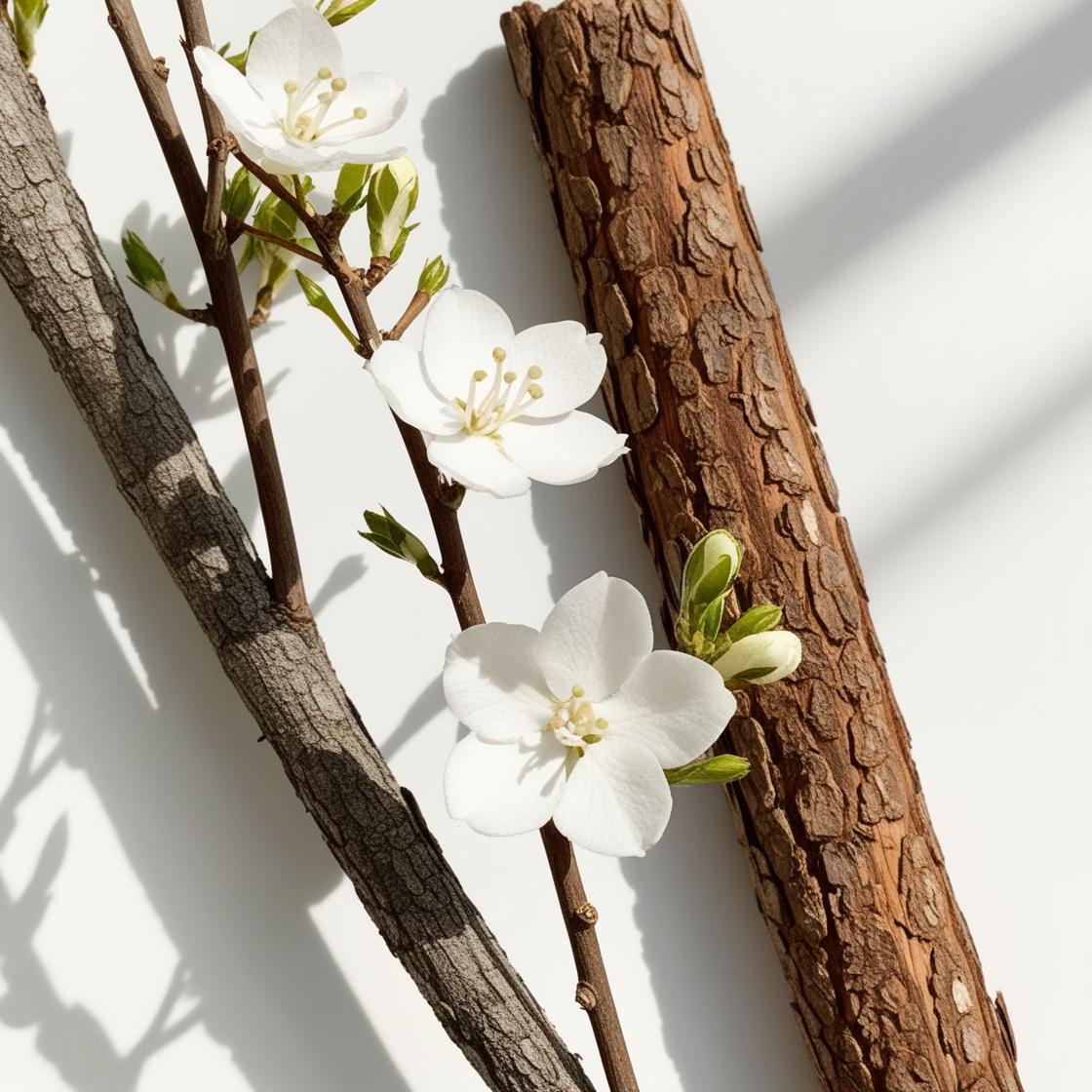The world of perfume is very vast, and there are surely still many words that you may not know. In this glossary below, we review some of the most commonly used terms in perfumery so you can learn a little more about this wonderful universe that we love so much. Take note!
DIVAIN Perfume Dictionary
In the DIVAIN perfume dictionary, you will find the most commonly used terms in perfumery. Discover them all and become an expert in this world.
Essential oil
Essential oil is an aromatic substance that is extracted from different plants, flowers, fruits, spices or woods. Although several processes can be used to extract the oil, the most common are distillation and cold pressing.
Cologne
Cologne stands out for having one of the lowest concentrations of essential oils on the market. This concentration is between 1% and 8% depending on the brand. Its duration is more volatile than other compositions such as perfume or eau de parfum.
Eau de Parfum (EDP) or Perfume Water
Eau de parfum or perfume water is a term used to designate those olfactory compositions that have between 16% and 18% of essential oils. EDP is between perfume and Eau de Toilette (EDT) in terms of concentration of essence. They are a good choice if you want to bet on a long-lasting and economical aroma at the same time. Our EDP DIVAIN-155 similar to Hypnotic Poisonis sure to win your heart with its great elegance. Try it!
Eau de Toilette (EDT) or Cologne
The term Eau de Toilette or Cologne refers to formulas with an essence concentration of between 8% and 15%. Its price is cheaper than perfumes and Eau de Parfum. The sillage is therefore also shorter. If you want to go into detail, check out our post on the differences between the terms: perfume, cologne, EDP and EDT.
Gourmand
The term “gourmand” in perfumery is used to classify those sweet perfumes. Aromas with edible and irresistible notes such as honey, chocolate or caramel. They are warm and are usually combined with other base notes such as patchouli.Visit our article with the best sweet perfumes and delight in their delicious smells.
Layering
Layering ist he art of combining existing fragrances to create completely new and personalized ones.
Raw materials
Raw materials in perfumery are all those natural or synthetic ingredient sthat are used to make a perfume. When several raw materials are combined, a so-called "chord" is formed, which can be simple or complex, depending on the number of notes mixed.
Nose
When we talk about the Nose behind a perfume, we are referring to the creator of said fragrance:t he master perfumer. Someone who is capable of giving a scent a unique personality and creating indescribable sensations in people through each note that composes it. Without a doubt, for us the most beautiful profession in the world.
Olfactory note
This is the name given to each of the different smells that can be distinguished in a perfume. In general, a perfume is a set of olfactory notes whose combination gives rise to a unique aroma that characterizes it. There are three types of notes that can be recognized in a fragrance: top, middle, and base.
Top note
The top notes that make up a perfume are those we smell first and therefore the first to fade over time. And although they only last a few seconds, they are quite important if you want to make a good first impression. It is very common for top notes to be citrus, fruity, or green.
Heart note
When the top notes evaporate, they give way to the body of the fragrance, starring the middle or heart notes. They are essential and are usually mainly floral and spicy notes. They take several minutes to develop on the skin and can last for hours.
Base note
These notes are the most intense and therefore the ones that They last until the end. They are perceived after the heart notes and usually add depth to the perfume. They are heavy notes such as wood or resins. Three of the most commonly used ingredients for fragrance bases are amber, vanilla, and tonka bean.
Perfume
This term is used to describe an olfactory composition that has a high concentration of essential oil, between 20% and 30% Thanks to this characteristic, its aroma is very long-lasting and intense. Olfactory pyramid
The olfactory pyramid is a representation of the different types of olfactory notes that make up a fragrance. This structure is divided into three parts: top notes, middle notes, and base notes.
Sillage
The term “sillage” or “wake” is used in perfumery to define the olfactory trace left behind by a person who has applied perfume. The sillage will be higher when you first apply perfume to your skin than it will be a few hours later.
Vaporizer
A vaporizer is a container that lets you take your favorite fragrances with you wherever you go.







0 comments